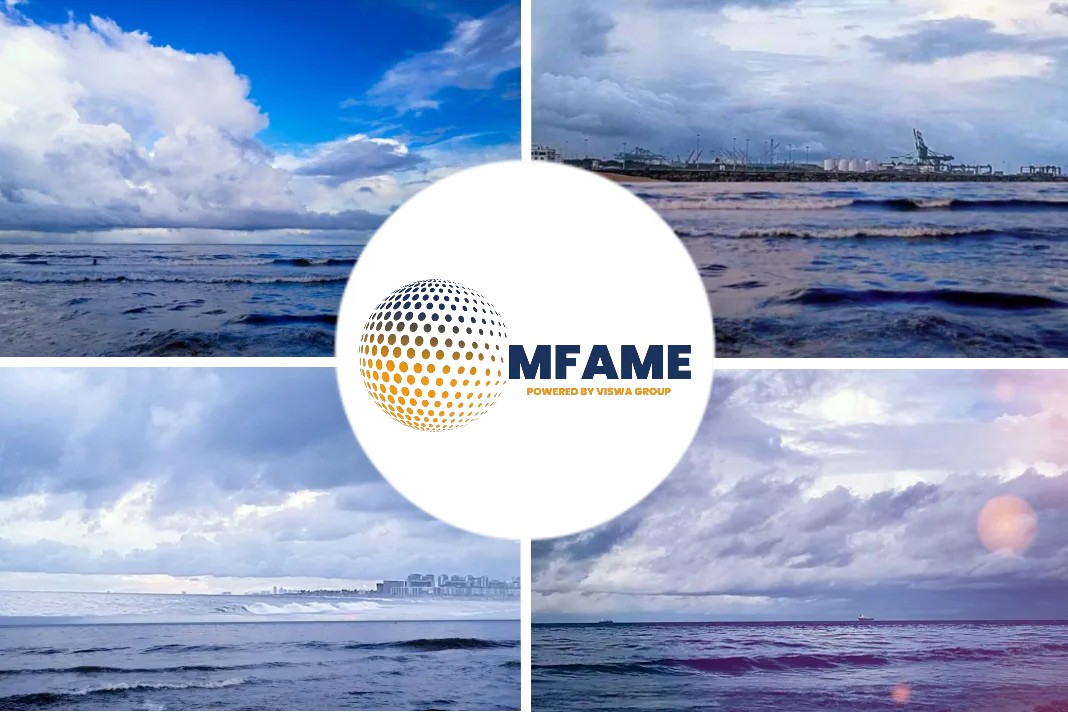- Weekly blogger and consultant Jon Monroe has returned to the commentary business.
- Matson’s Pacific service boosted its earnings last year, with volumes up 37% on 2020.
- According to industry experts, transpacific rates have increased around 800% over the past 18 months or so.
Weekly blogger and consultant Jon Monroe has returned to the commentary business, after a rest, with a critical, if not surprising, observation that 2022 is looking much like last year on the transpacific, says an article published on loadstar website.
Supply chain crisis
“With approximately 100 vessels waiting for a berth and Covid spreading through port labour, things will be getting worse before they get better,” he wrote.
“With Chinese New Year upon us and the Winter Olympics around the corner, let us be hopeful that we see improvement in supply chain fluidity during the second quarter.”
His compatriots at Matson Navigation also predict “congestion, supply chain constraints and elevated consumption will last most of the year on the key transpacific tradelane, with no change expected before November.”
Volatile transpacific
Matson’s Pacific service boosted its earnings last year, with volumes up 37% on 2020, and an additional nine eastbound voyages completed in the final quarter.
Shabsie Levy, CEO and founder of online logistics provider Shifl said: “Transpacific container spot rates between Chinese ports and the US west and east coasts have been fluctuating substantially since April… Shippers struggled to book freight as the demand was considerably higher than the carrier and port capacity.”
According to the New York-based company, last year saw historically high spot rates as the ripple effect of Covid increased demand and lowered capacity through vessel delays. Even so, Shifl reports that spot rates for a 40ft box from China to Los Angeles have fallen, while spot rates to the east coast port of New York/New Jersey have also declined.
And the Ningbo Containerized Freight Index reported freight rates on the Pacific to US east coast had flatlined this week at $3,499.3 while west coast rates had dipped 0.9%, to $4,739.6.
In a fair representation of how the container freight indexes are finding it difficult to manage the volatile container shipping market, the Freightos Baltic Index offered an alternative view, with the China to US west coast trade showing a 3% increase to $15,145 per 40ft, while east coast rates have slipped 3% to $16,986.
Confused picture
And Matson’s chairman and CEO, Matt Cox, believes the persistent supply chain disruption will be ongoing.
“We expect these conditions to remain largely in place through at least the October peak season, and expect elevated demand for our China service for most of the year.”
Continuing the confused picture theme Shifl said it had seen a glimmer of hope, with the US inland leg of the container supply chain seeing an easing of the congestion.
As a result, Shifl said: “Shrinking gate-out times directly correspond to containers moving out of the port premises quicker, which helps restore balance into landside operations. Gate-out times are also a forward indicator of vessel transit times, as it inevitably lead to terminals unloading vessels faster. This reduces time at anchor for vessels, and consequently, their transit times.”
That is not a scenario being played out on the water, according to project 44’s VP of supply chain data insights, Josh Brazil, who pointed out: “Covid impacts on shipping will be a toss-up in terms of labour available at Asian manufacturers, ports and throughout the supply chain. This will likely continue to impact carriers’ schedule reliability which, in turn, will cause a ripple effect downstream in supply chains.”
While the commentariat argue in the real world, Mr Cox reckoned: “Within ocean transport, our China service continued to see significant demand for its expedited ocean services as volumes for e-commerce, garments and other goods remained elevated.
“Continued strong demand for the China service was the primary driver of the increase in consolidated operating income, year over year. Supply chain congestion remains the current issue in the transpacific tradelane due to ongoing elevated consumption trends, US domestic supply chain constraints and inventory restocking.”
Perhaps the more likely brake on the consumer bull run will be inflation, and on that subject project44 argues that carrier strategies to redeem schedules have failed.
“These measures resulted in shippers paying higher freight rates and experiencing delivery delays. According to Nicholas Sly, an economist with the Kansas City Federal Reserve Bank, a 15% increase in shipping costs leads to a 0.10 percentage point increase in core inflation after one year.”
According to industry experts, transpacific rates have increased around 800% over the past 18 months or so. That would mean that inflation would have increased by about 5.3%, year on year. In fact, the latest US Consumer Price Index statistics, published on 12 January, saw the US annual inflation rate hit 7%. The CPI said shelter, used cars and food were the main movers of inflation, while energy prices declined by 0.4%.
Did you subscribe to our daily newsletter?
It’s Free! Click here to Subscribe!
Source: loadstar


















